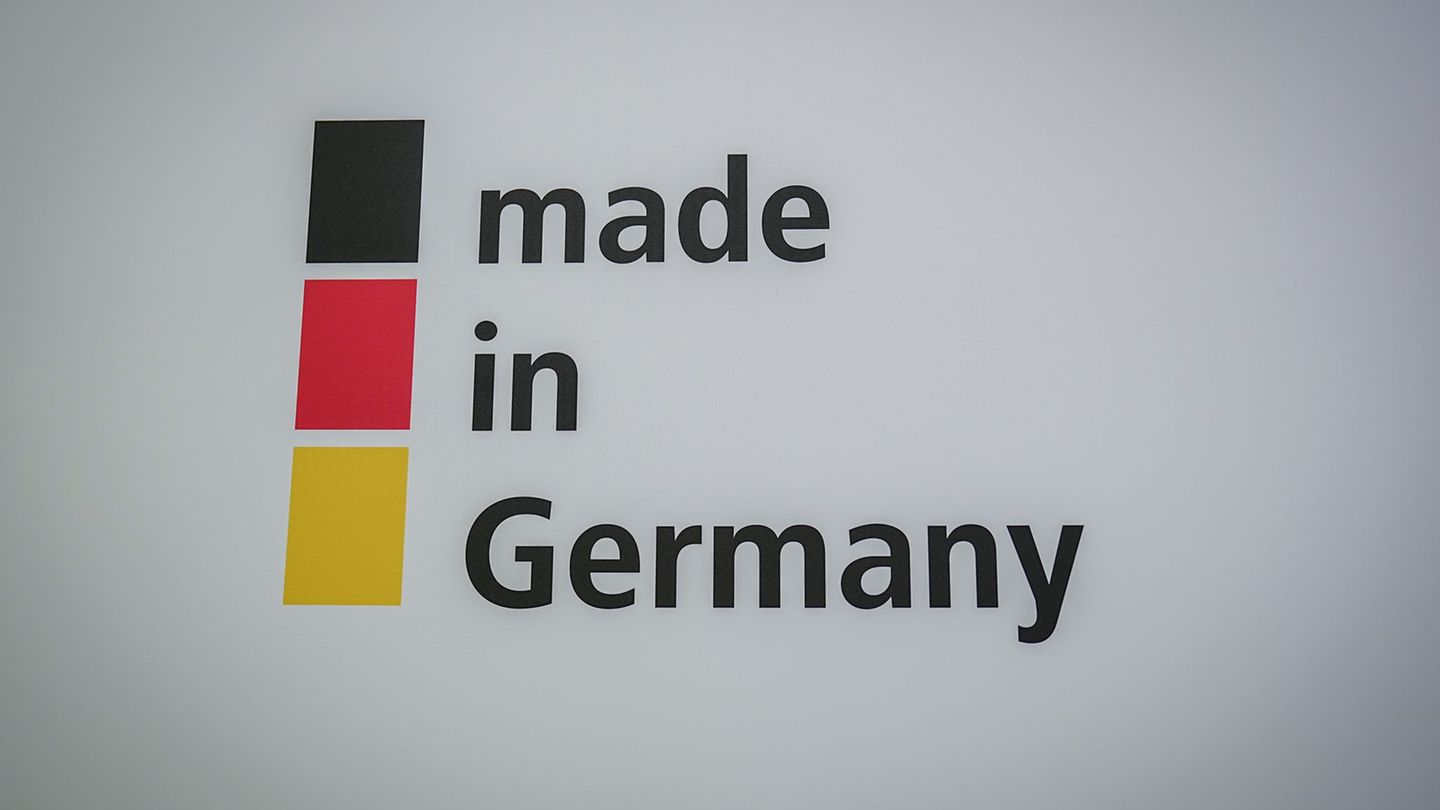Unpunctual to dilapidated
What awaits the new head of Deutsche Bahn
Copy the current link
Add to the memorial list
Richard Lutz has to vacate his post as head of Deutsche Bahn. The problems of the group will soon have to solve another. But what exactly is it about? An overview.
Unpunctual trains, dary, rail network, red numbers – the problems at Deutsche Bahn are immense. It is not yet known who will succeed Richard Lutz boss, but is diligently speculated, for example via DB Regio boss Evelyn Palla, ex-finance minister Jörg Kukies and Michael Peter, head of Siemens Mobility.
No matter who it will be: big challenges that will not be solved in a short time are waiting. The railway should remain a permanent construction site at first-and that with special observation of politics and affected customers. An overview of the challenges of the Lutz successor:
Deutsche Bahn: chronically unpunctual
Punctuality is the long -term topic in the train and the permanent harvest for passengers. In long -distance transport, not even two thirds of the stop were reached on time. All too often, trains fail or are overcrowded, while otherwise only one rarely drives. Federal Transport Minister Patrick Schnieder wants to present a new rail strategy on September 22, to which he has so far revealed little. But the title already gives a hint where the focus will be: “Agenda for satisfied customers on the rail.”
“The train has to be on time, safe and clean,” said Schnieder on Thursday. In addition, the group had to be “faster, leaner, more powerful and also more economical”. The situation is currently “dramatic”. “Now we are looking for the right staff to implement it.” Ideally, the new CEO can be found until September 22nd and then presented together with the strategy.
Dilapidated infrastructure
The train leads dilapidated, high -loaded routes as the main reason for the unpunctual features. For this reason, around 40 particularly stressed routes are to be subjected to general renovation by 2036. The motto: no gradual renovation in ongoing operation, but for months of full closures for comprehensive modernizations. The beginning was made on the Riedbahn between Frankfurt and Mannheim last year, and the Hamburg-Berlin route is currently being fundamentally renovated. For passengers, this initially means months of stress.
Some traffic experts recently criticized the concept primarily because of the full closures, but in the industry the approach is largely supported. The new railway chief can continue the existing concept – provided that he can make the money loose for it in the coming years.
Politics was stingy for a long time
Because the development of the infrastructure and rail operations depends heavily on the benevolence in the government district – and on the money that politics provides. The rail infrastructure has been neglected for decades, the result is a huge investment backlog in the higher double-digit billion dollar area. The railway recently received significantly more money, but still warned Lutz boss that these funds were not enough to really make the railway to the future.
The focus is currently on the renovation of the existing network. There is no money for new and expansion projects. However, these are central in order to be able to achieve the goals of the “Germany cycle”. At some point it should combine the important main axes of long -term traffic in half -hour rhythm. This should lead to better transfer options and significantly shorter travel times.
“The fact that DB boss Lutz will go is not better,” said Green Sable expert Matthias Gastel as a change at the top of the group. The federal government – and the company – and a decent and reliable financing of the infrastructure are needed.
Weakening economy
The railway group has been writing red numbers for years. The renovation program launched by Lutz 2024 therefore not only provided changes for infrastructure and operation, but also for the group itself. Thousands of positions are to be saved and profitability is to be increased.
The pressure at DB Cargo is particularly large. The transport subsidiary, which has been crumming for years, will have to write black again next year, so the EU Commission has determined it as part of a aid process. The company has recently reduced its own losses significantly, but after the first six months of the current year there was a thick surgical minus.
The so -called single car traffic, which is not profitable despite promoting the federal government, ensures the poor numbers. In the case of single car traffic, the wagons are picked up directly from the corporate customers and compiled into long trains at marginal stations. At the destination, these are then dismantled again and transported individually. For industries such as steel, chemistry and building materials, single car traffic is very important, as is the climate goals. If DB Cargo hires the single car traffic, thousands of trucks are expected to drive more across the motorways.
Collective negotiations with the GDL
The collective agreement with the GDL expires at the turn of the year, then the next round of collective bargaining will be pending. Under its ex-boss Claus Weselsky, the union mostly relied on confrontation, freely strike the railway and ensured thousands of train failures again and again. The big question is: Will Weselsky’s successor Mario Reiss also move so aggressively and loudly into the fight for higher salaries and other working conditions?
The first thing to do is to take care of DB HR board Martin Seiler. But the longer the tariff round runs this time, the more stressful the tariff conflict should also be for the start of the new train manager. If a few weeks after the change on the chief position, all of the long -distance traffic stands, it does not throw good light on the new at the top – and certainly does not pay for customer satisfaction.
Dpa
Andreas Hoenig / Fabian Nitschmann / Matthias Arnold / CL
Source: Stern





